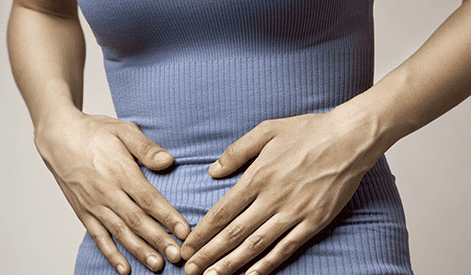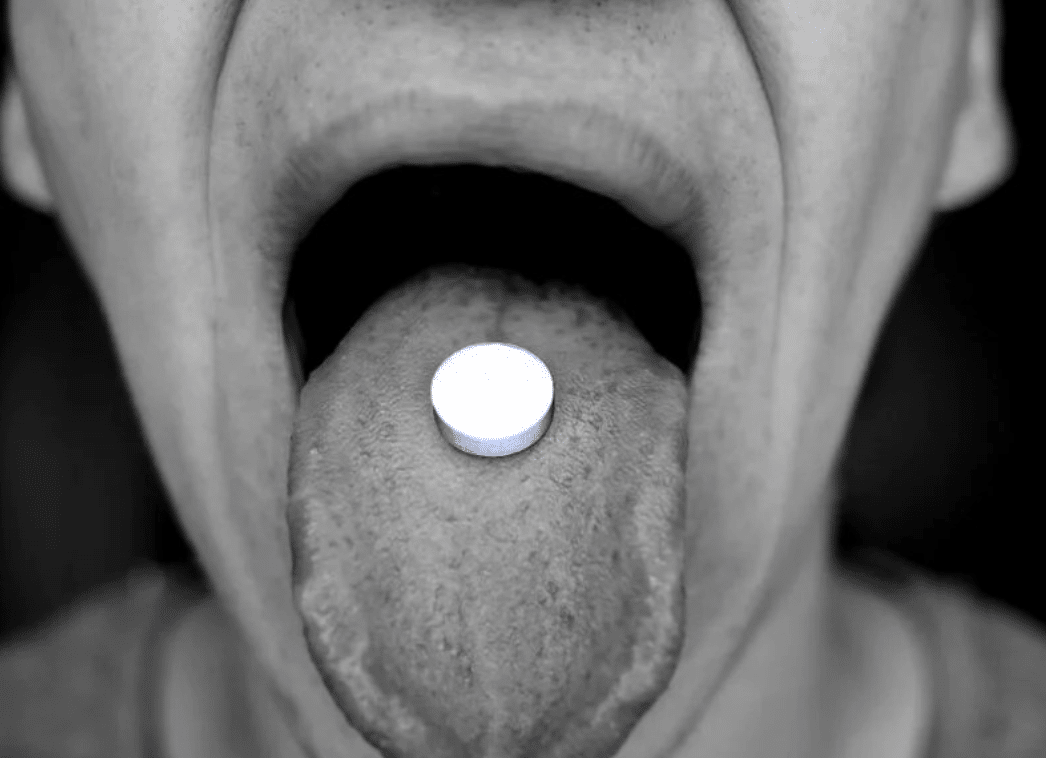People get all of kinds of sick – but did you know that it can all be traced back to the gut? In his video, Dr. Patrick Krupka of DrKrupka identified the gut’s role in the body’s overall health, and how a lot of diseases can ultimately be traced back to it.
In particular, he said most inflammatory conditions are caused by what’s happening in the gut.
Take care of the gut, the body follows
Over the course of history, people have made a lot of breakthroughs, especially when it comes to understanding our bodies. These days, almost everyone can understand some of the things that are going on with their body, even without using dead bodies.
Still, there’s a lot of things that people don’t know about their own body – especially when it comes to the gut. The term “gut” broadly refers to the digestive tract, the system responsible for breaking down food and absorbing its nutrients. This process is possible thanks to the presence of finger-like protrusions called villi and microvilli in the small intestine. These structures line the intestinal wall, with each villus having its own set of microvilli. This increases the surface area of the small intestine, allowing for more nutrients to be absorbed. If the intestinal walls of an adult are spread out flat – its surface area is enough to cover a tennis court!
Aside from absorbing nutrients, the gut has another function: It’s used to remove harmful substances and waste product from the body. This could be anything from undigested protein, medications, toxins, to even parasites. These pass through the large intestine and are expelled through stools. Interestingly enough, the intestinal lining that separates these harmful substances from entering the bloodstream is just one cell layer thick. The cells, however, are highly specialized and can effectively protect the body from disease. The cells, called enterocytes, line the intestines and are held together by tight junctions to ensure that only nutrients and substances that the body needs are absorbed, and those that aren’t, are removed.
So, what happens if an unwanted substance gets past the enterocytes?
It’s a huge risk if a potential pathogen enters the bloodstream; this is why the intestinal tract is surrounded by gut-associated lymphoid tissue (GALT). The lymphoid tissue is part of the body’s immune system and is responsible for protecting the body from these harmful substances. In particular, if a substance — for example, a complex amino acid — gets past the enterocytes, the GALT is stimulated, leading to an immune response. While it is the body’s normal response against the compounds, it’s best that a person knows how to regulate it, so it doesn’t happen again.
“It’s a protective response, it needs to happen,” Krupka added in his video. “But we need to control how often it’s triggered.”
This usually occurs if the enterocytes are unhealthy, which loosens the tight junctions between the cells. This increases the chances of toxins from the gut to pass into the bloodstream — a phenomenon most call “leaky gut syndrome.” Once these enter the bloodstream, it triggers widespread inflammation and systemic immune reaction. The villi also become blunted, which reduces the number of nutrients that the body absorbs.
Most inflammatory diseases can be traced back to leaky gut syndrome — hormonal problems, autoimmune diseases, toxicity symptoms, and even fatigue.
“Anything that can be associated with a general inflammatory condition can be triggered by this,” Krupka explained. (Related: Leaky gut syndrome – Naturally conquer this silent threat to health.)
Managing leaky gut with food
There’s a lot of things the people don’t understand with leaky gut syndrome; however, a diet aimed to improve the growth of beneficial bacteria – another area of the gut that scientists have yet to fully uncover – can also improve a leaky gut and contribute to overall digestive health. Here are some foods to get started on a healthy gut.
- Vegetables — Leafy greens like broccoli and kale, eggplant, ginger, mushrooms, and zucchini
- Roots and tubers — Carrots, squash, turnips, and sweet potatoes
- Fermented food — Tempeh, miso, kimchi, and sauerkraut
- Fruits — Citrus fruits including lime and lemon, blueberries, bananas, and papaya
- Sprouted seeds — Flaxseeds and chia seeds
- Gluten-free grains — Buckwheat, amaranth, and sorghum
- Fish — Omega-3-rich fish like salmon and herring
How many pounds have you lost this month? At Dieta Efectiva you can lose 10-12 lbs your first week and 2-5 lbs every week after. Visit us dietaefectiva.net to learn more about our program.







